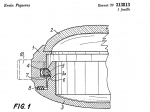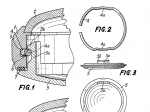btw I opened some of the watches i had here:
- Sherpa Dive - spring check!
- Sherpa Dive - spring check!
- Sherpa Graph- spring check!
- Sherpa guide- spring check!
- Jet Graph- spring nope
- Aqua Graph - spring check!
so one in 6 is pretty obvious for me at the moment. Should be there, lost during time.
- Sherpa Dive - spring check!
- Sherpa Dive - spring check!
- Sherpa Graph- spring check!
- Sherpa guide- spring check!
- Jet Graph- spring nope
- Aqua Graph - spring check!
so one in 6 is pretty obvious for me at the moment. Should be there, lost during time.



